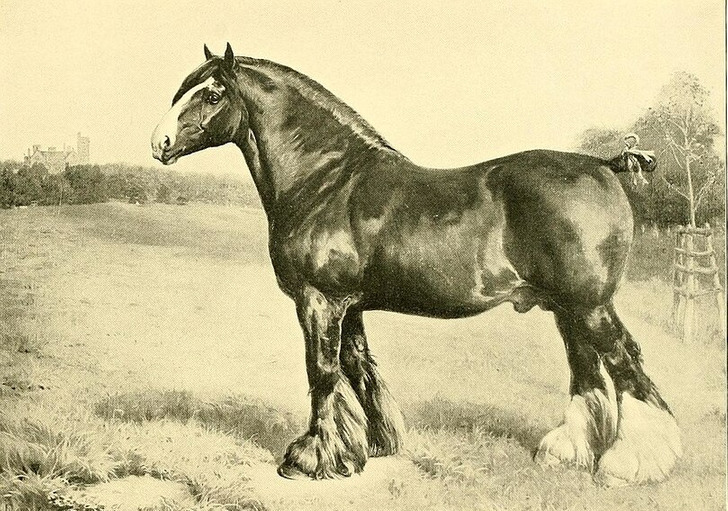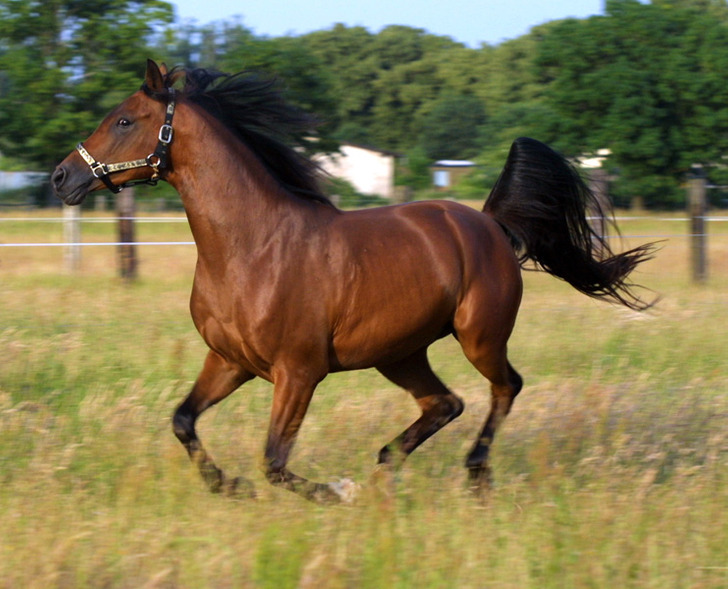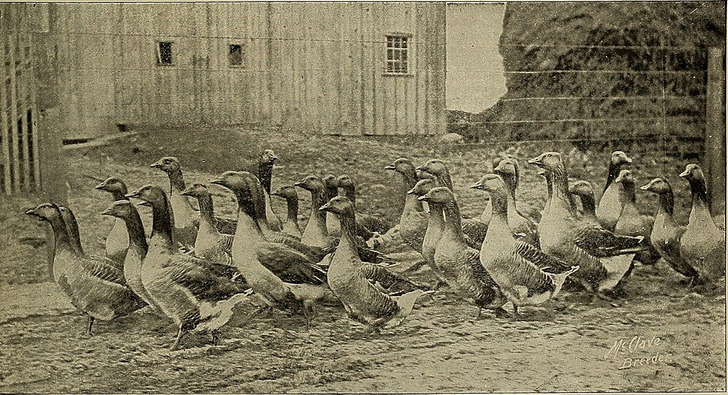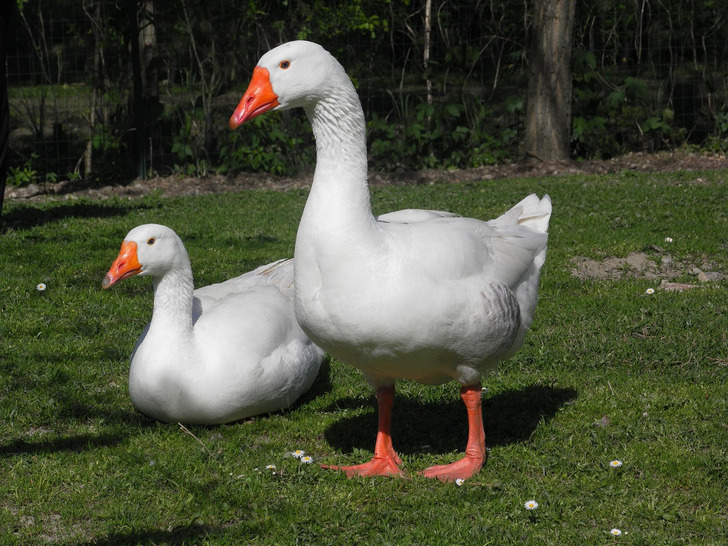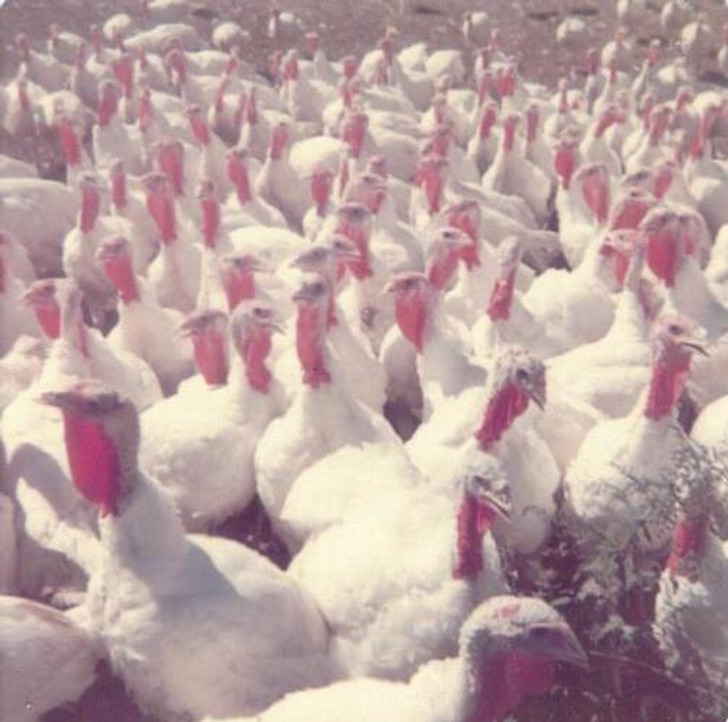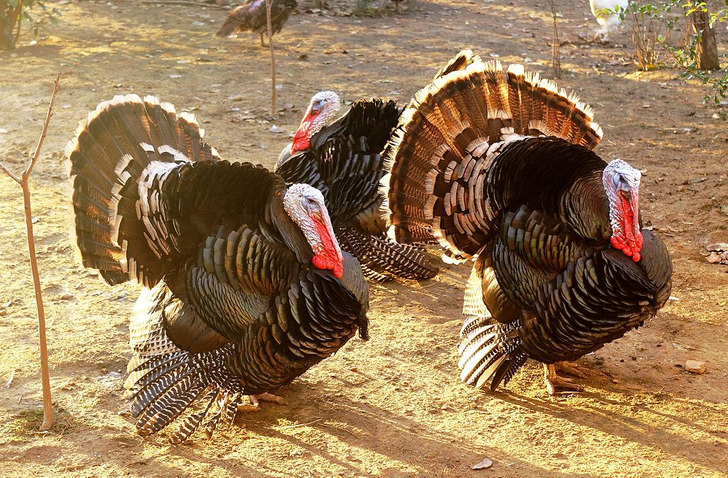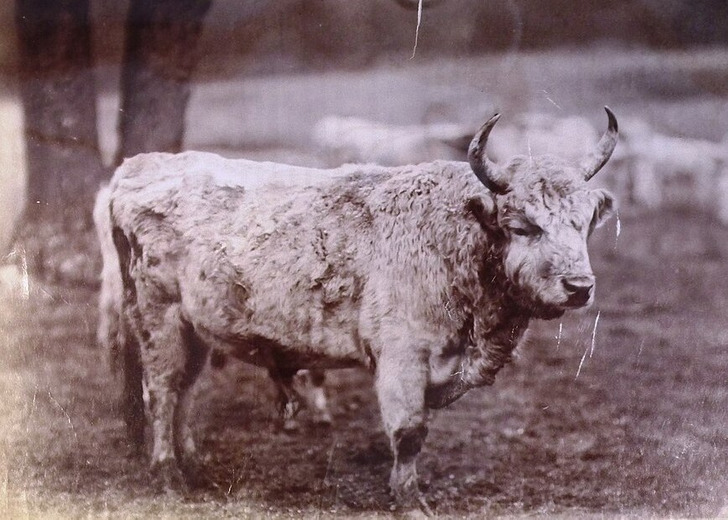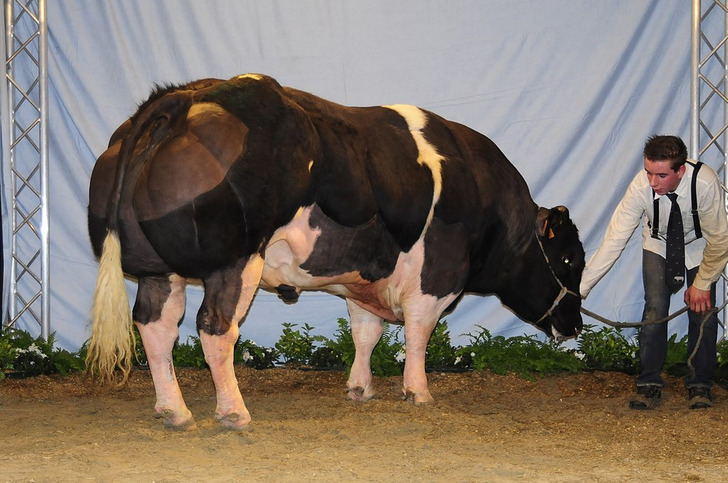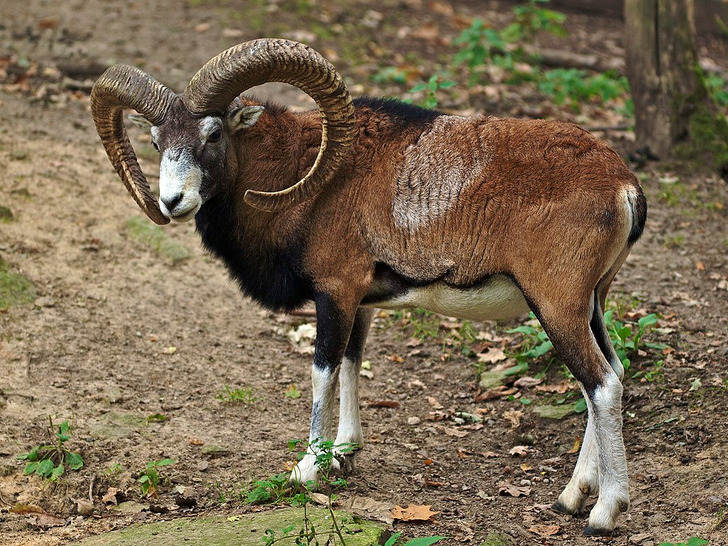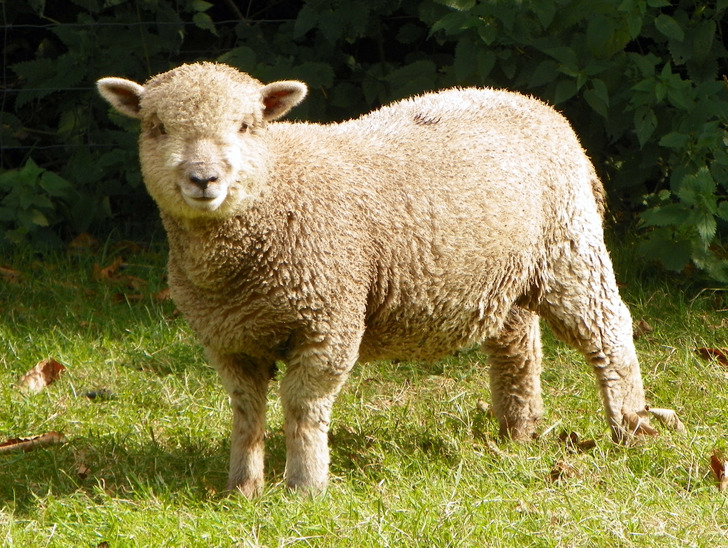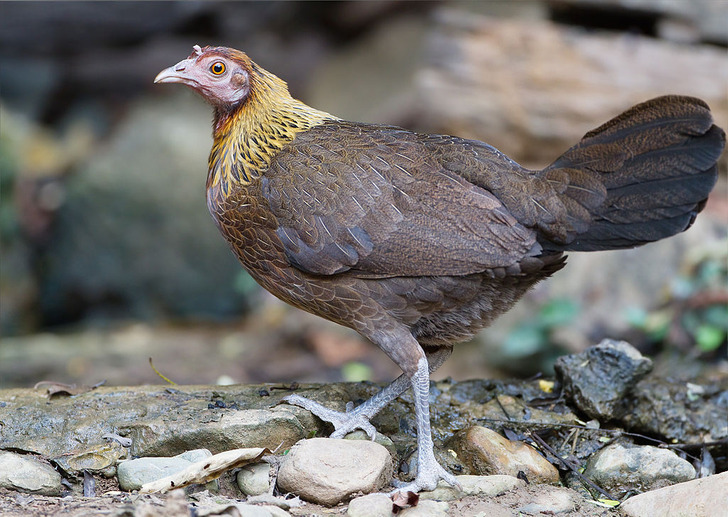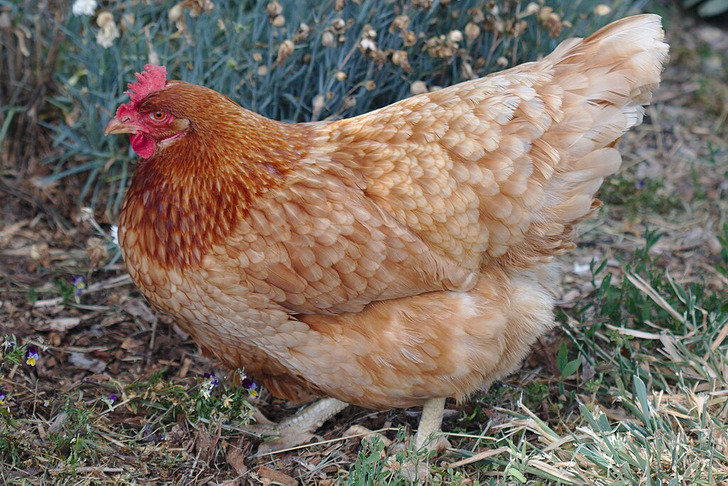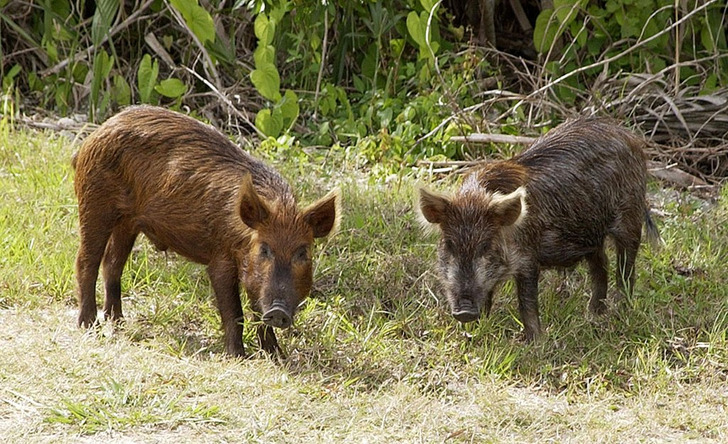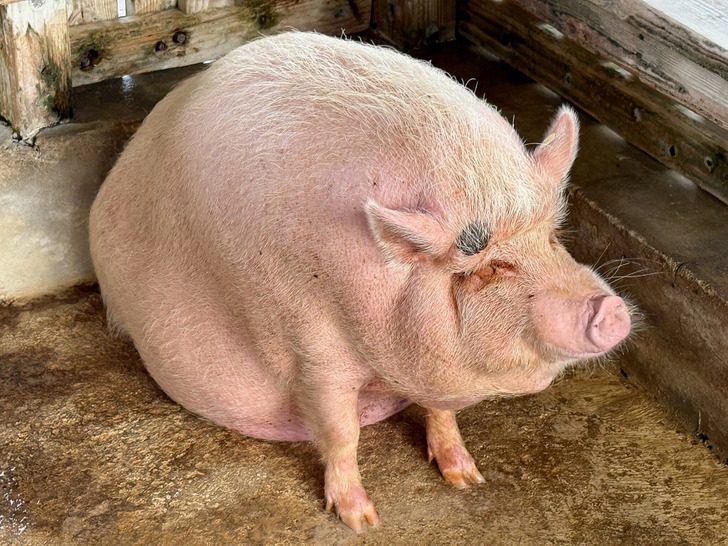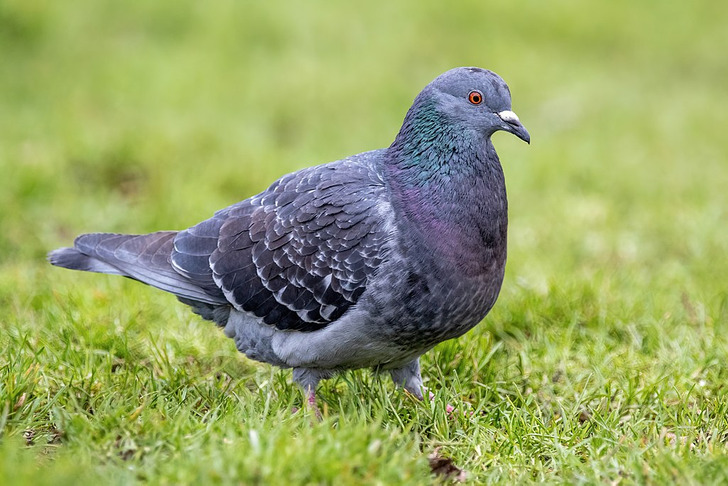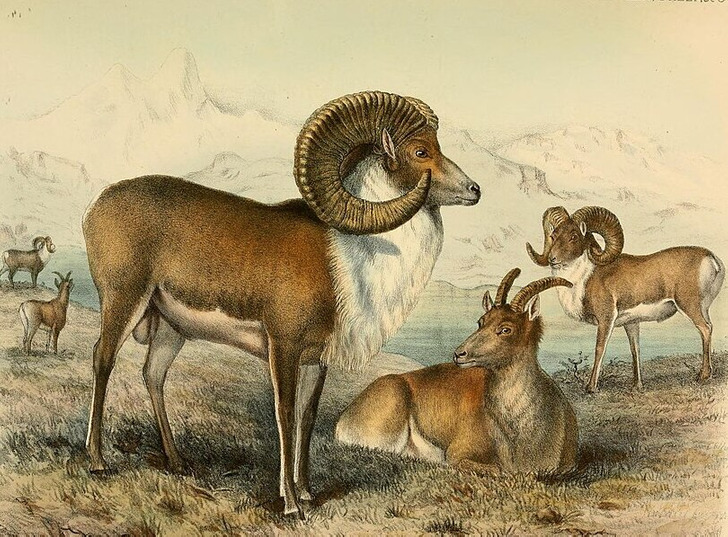
10 Farm Animals Humans Turned Into Totally Different Creatures
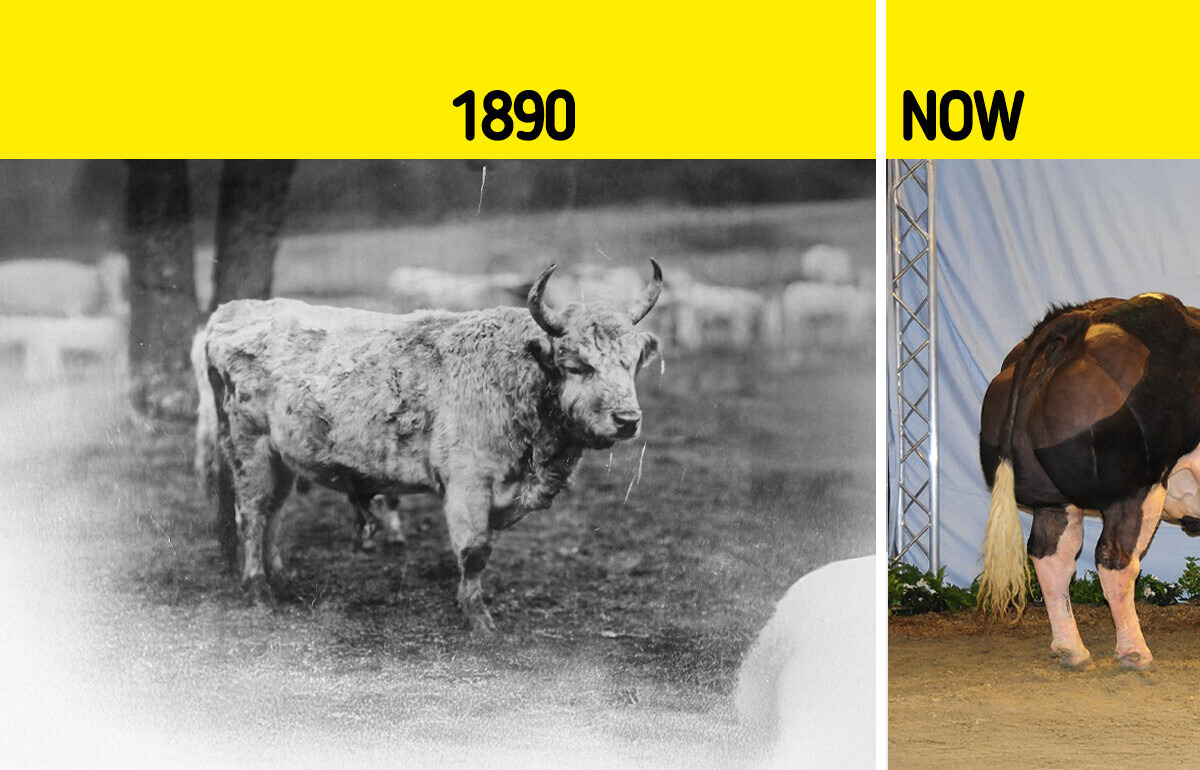
Imagine one of those jaw-dropping makeover shows, but instead of people, it’s cows, pigs, and chickens getting the full glam treatment. Sounds wild, right?
Turns out, humans have been reshaping farm animals for centuries, turning everyday creatures into totally unrecognizable versions of their former selves. These aren’t just natural changes, they’re full-on human-engineered transformations. And some of them are downright shocking.
1. Horses
In North America, people see horses as majestic companions or Instagram-ready parade stars, definitely not dinner. But in many parts of the world (even French Canada), horse meat has been part of the menu for centuries. Turns out, people have been raising horses for more than just galloping into the sunset.
Depending on where people lived, they bred horses to fit their needs: more strength, more stamina, bigger size, or all of the above. That’s how we ended up with everything from tiny mini horses to towering draft breeds like Shires and Clydesdales, who honestly look like they could haul a castle.
And then there’s the Arabian horse. One of the oldest horse breeds in the world: sleek, powerful, and built for long journeys. Nomadic Bedouins prized them for their endurance. Not too big, not too small, think of them as the Goldilocks of the horse world.
2. Geese
Geese weren’t just farm pets with attitude, they were the original multitaskers. People kept them for meat, feathers, eggs, and yes, for foie gras (which sounds fancy until you realize it literally means “fatty liver” in French).
Over the years, humans did what humans do best: they started tweaking things. Geese were bred to be much bigger than their wild, fly-away cousins. They also developed soft, fatty belly pads.
Oh, and that classic snowy-white goose look? Totally intentional. Farmers chose white feathers over natural brown ones because they just looked cleaner and were easier to pluck (sorry, geese). They also bred them to walk more upright, like they own the place, and fly less, which made keeping them around way easier.
Basically, we turned them from wild wanderers into homebody honkers.
3. Turkeys
That’s over twice the size! Don’t believe it? Just look at the feathered fellas in 1973 compared to the super-sized gobblers let in 2016. One’s a dinner guest, the other’s a gym membership away from bench-pressing you.
4. Beef Cattle
Beefy cows didn’t just happen overnight. Back in the 1700s, a British farmer named Robert Bakewell decided cows needed a glow-up. He started selectively breeding them to be bigger, meatier, and all-around more impressive than their scrappy ancestors like the wild Chillingham cattle.
Fast-forward to today, and the Belgian Blue is taking things to a whole new level, this cow is basically the bodybuilder of the barnyard, packing double the usual muscle. Moo-ve over, gym bros.
5. Sheep
Today’s fluffy farm sheep weren’t always so pampered. They’re believed to be the distant cousins of the wild mouflon from Europe and Asia, basically the rugged, outdoorsy type. Enter Robert Bakewell (yes, him again), who clearly had a thing for animal glow-ups.
He worked his breeding magic in the 1700s to create sheep that were not just bigger, but also daintier in the bones, fluffier in the fleece, and extra plush in the front. Think less wild mountain vibes, more runway-ready wool model.
6. Salmon
Salmon has always had a seat at the dinner table, whether grilled, smoked, or tossed on a salad. But in recent years, the salmon we eat today has changed a lot from the wild fish our grandparents knew. Thanks to overfishing, farms stepped in to keep up with demand. But that also opened the door to science-y upgrades, like breeding salmon to grow way bigger than their wild cousins.
7. Meat Chickens
Once upon a time, chickens were jungle royalty. Today’s clucky farm birds are basically the glow-down version of the red junglefowl. They’re still technically the same species, just with a lot less swagger. While their ancestors might have been bred for the ancient version of Fight Club (feathered edition), modern chickens are mostly raised for meat and eggs.
The not-so-fun part? Most of them live in factory farms, crammed together in conditions that would make any bird lose its feathers. Definitely not the free-range fairy tale they deserve.
8. Pigs
Modern pigs may be living the farm life now, but their ancestors were wild boars, tough, tusky, and rocking a coat of coarse fur like nature’s own leather jacket. While pigs were first domesticated in Asia, Europeans jumped on the pig train about 11,000 years ago.
Today’s farm pigs are smoother and tusk-free (thanks to farmers). They’ve gone from wild and woolly to soft, with a whole lot less attitude.
9. Pigeons
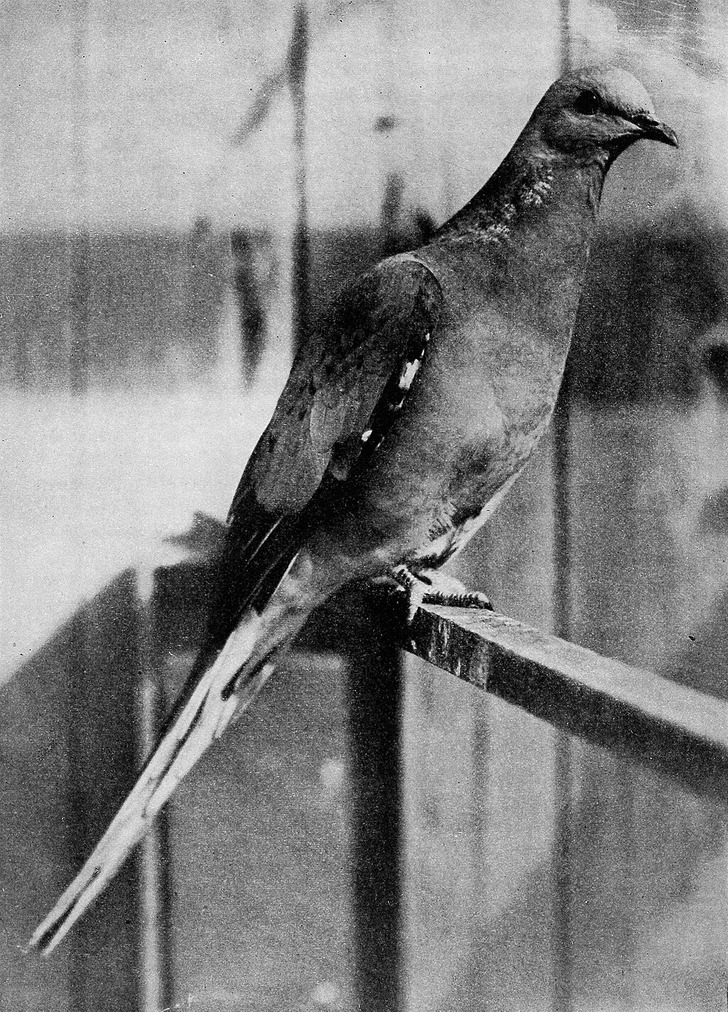
Before pigeons were dodging taxis and stealing fries in city parks, they were making science history. Charles Darwin, yes, that Darwin, used pigeons to help test his theories about evolution. He discovered that all domestic pigeons, no matter how fancy or weird-looking, came from the same humble bird: the Rock Dove.
By the time Darwin was studying them, pigeon breeding was already a full-on hobby in England. People had been raising them for food for centuries, but eventually started going for style over supper. Enter the “Fancy Pigeon,” a bird with dramatic feathers, showy colors, and the kind of flair that would crush it on a red carpet.
These days, pigeons have a bit of an image problem. In cities, they’re often called “rats with wings” (rude), thanks to their scavenger lifestyle. But under the soot and snack-stealing, they’re actually clever, loyal, and still very fancy pets for those in the know.
10. Goats
Goats have been hanging out with humans for a very long time, like, 9,000 years long. They were among the first animals people ever domesticated, right alongside cattle and sheep. Basically, goats were the original farm influencers.
Fast-forward to today, and there are hundreds of goat breeds around the world. Some are raised for their meat, others for their fabulous coats. The Angora goat, for example, is a total fashion icon thanks to its soft, luxurious mohair. Meanwhile, the Boer goat from Africa skipped the fiber scene altogether and went straight for the muscle, these bulkier goats are raised specifically for meat.
From fluffy to beefy, goats have proven they can do it all. Total overachievers, really.
And that’s just scratching the surface. From our bones to our brains, the human body is changing faster than you might think, and it’s not slowing down. Curious what other wild changes we’ve gone through in just 150 years? Click to see the 7 biggest shifts that might just change how you see yourself.
Comments
Related Reads
15 Creative Parents Who Turned Love Into One-of-a-Kind Creations

15 Comics About Women’s Everyday Life That Are Surprisingly Relatable
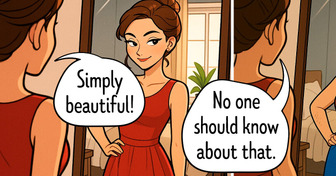
13 True Stories That Prove the Most Stunning Twists Come From Real Life
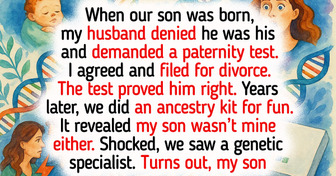
I Refused to Go to Work After a Family Emergency—HR Got Involved

14 Times Kindness Was the Plot Twist No One Saw Coming
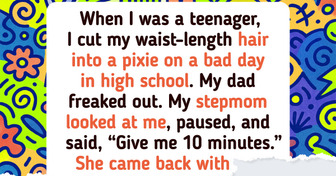
I Refuse to Share My Son’s Grief Money With My Mother-in-Law

10 Stories That Prove Kindness Costs Nothing Yet Heals Everything

I Put My Family First for Years—Then They Made Me Regret It When My Wife Was Expecting

10 Neighbor Stories That Prove Real Life Is Way Messier Than Any Family Drama

13 Quiet Acts of Kindness That Turned Ordinary People Into Superhumans

12 Moments That Prove the Simple Power of Kindness Can Move Mountains

I Got Fired the Day Before My Vacation—And HR’s Policy Was Their Biggest Mistake

